Beginner skis are designed to make skiing easier and more enjoyable for newcomers. They prioritize control, stability, and ease of use, helping you build confidence on the slopes. Here’s what sets them apart:
- Shorter Lengths (44-120 cm): Easier to maneuver and control.
- Softer Flex: Absorbs mistakes and requires less effort to turn.
- Wider Bases: Provides stability and reduces edge-catching.
- Camber & Rocker Design: Enhances balance and simplifies turning.
For example, shorter skis like Snowfeet’s 44 cm Skiskates are lightweight and beginner-friendly, while 99 cm Skiblades offer more stability for progressing learners. Whether you’re just starting or improving, these designs help you ski with confidence and comfort.
SKI GEOMETRY BASICS (length, underfoot, camber, rocker)
Design Elements of Beginner-Friendly Skis
Let’s break down how specific ski design features make learning easier for beginners.
Flex: Softer Skis for Easier Control
The flex of a ski plays a big role in how easy it is to handle. Softer skis are better at absorbing mistakes and impacts from sudden turns, making them ideal for those just starting out [3].
Here’s why softer skis make a difference:
- They require less effort to initiate turns and absorb shocks effectively.
- They respond more gently to shifts in weight, making them easier to control.
- They reduce the chances of catching edges, which can throw off balance.
Width and Shape: Simplifying Turns
Modern skis use advanced width and sidecut designs that make turning almost effortless. Over the years, ski sidecuts have become more pronounced, improving maneuverability [3].
| Year | Ski Type | Sidecut |
|---|---|---|
| 1939 | Slalom Skis | 7 mm |
| 1993 | Elan SCX | 22 mm |
| Present | Beginner Skis Today | Moderate curve |
For beginners, the best skis combine:
- A moderate sidecut to make turn initiation smooth and predictable.
- A width tailored for groomed slopes, offering stability.
- A shape that naturally assists in guiding turns.
Length: Why Shorter Skis Work Best
Shorter skis, some as compact as 44 cm, are much easier to manage and require less physical effort.
"Short skis are the right first step to take on your way to the slopes. They are light, easier to control than longer skis and user-friendly." - Snowfeet Team [2]
The key benefits of shorter skis include:
- Easier maneuverability, which boosts confidence.
- Less strain on the body, making skiing more enjoyable.
- Faster skill development, as they’re simpler to control.
Snowfeet offers skis ranging from 44 cm to 120 cm, giving beginners excellent options for building skills.
Base Design: Camber and Rocker for Stability
The base design of a ski can make or break the learning experience. A mix of camber and rocker helps prevent edge-catching while maintaining stability.
Here’s how these features work:
- Camber provides stability and improves edge control.
- Tip rocker makes starting turns smoother.
- Tail rocker allows for easier, more forgiving turn completion.
These elements make skiing more approachable, especially for those learning the ropes.
Short Skis: Making Learning Easier
Why Short Skis Are Ideal for Beginners
Short skis are a game-changer for beginners, offering better control and requiring less effort. With lengths ranging from 44 cm to 120 cm, they simplify the learning process by making it easier to steer and balance.
Their compact size allows for quick responses to even the smallest movements, making them easier to handle and reducing the chance of catching an edge. This gives new skiers the freedom to focus on improving their technique without battling their equipment.
The forgiving nature of short skis also helps beginners build confidence as they progress on the slopes.
Snowfeet vs. Traditional Beginner Skis
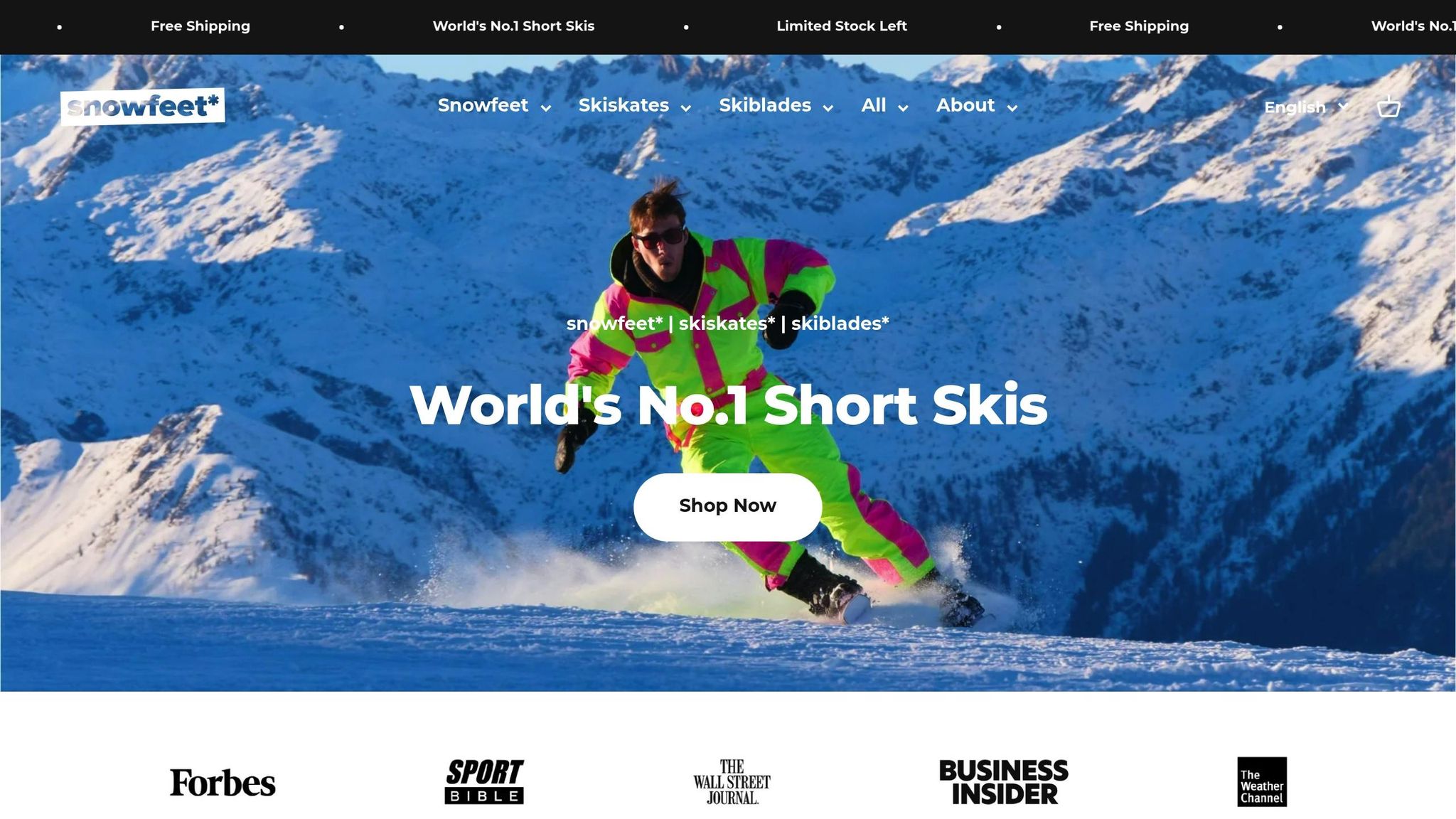
Snowfeet’s short skis stand out when compared to standard beginner models. Here's a closer look:
| Feature | Snowfeet Short Skis | Traditional Beginner Skis |
|---|---|---|
| Length Range | 44 cm - 120 cm | 150 cm - 180 cm |
| Weight | Lightweight, portable | Heavier, bulkier |
| Turn Initiation | Quick, responsive | Requires more effort |
| Learning Curve | Easier, more intuitive | Steeper initial learning |
| Transport | Fits in a backpack | Needs a dedicated carrier |
Snowfeet offers a variety of options to suit different skill levels. For beginners, the 44 cm Skiskates provide exceptional maneuverability, while the 65 cm and 99 cm Skiblades offer added stability as confidence grows. The 120 cm model is a great transitional choice for those moving toward traditional ski lengths.
"Because they're easier to control and turn, short skis make learning the basics less intimidating." - Snowfeet Team [1]
Ski instructors have seen great results using shorter skis with younger learners. The increased control and reduced physical demands allow beginners to focus on developing proper techniques, often leading to faster progress. These features make short skis an excellent choice for those just starting out.
sbb-itb-17ade95
How to Pick Your First Skis
Finding the Right Ski Size and Style
Selecting the right skis depends on your skiing style and comfort level. All-mountain skis are a great choice for beginners because they’re versatile and easy to control. Think about the terrain you’ll be skiing on - narrower skis are better for precise edge control on groomed trails, while wider skis offer more stability in mixed conditions. The flex of the skis should also align with how and where you plan to ski.
Which Snowfeet Size Fits You
Here’s a quick breakdown of Snowfeet models to consider based on your skill level:
- Entry-Level Skiers: The 44 cm Skiskates are compact and easy to control, making them ideal for learning the basics.
- Progressing Beginners: The 65 cm Skiblades, priced at $400, are forgiving and help you improve your skills.
- Confident Learners: The 99 cm Skiblades, available for $450, offer better stability while retaining the benefits of shorter skis.
Shorter lengths, like the 44-65 cm options, are great for freestyle skiing and tricks because they’re more agile. If you’re into all-mountain skiing, the 99 cm model is a solid pick. For added stability on diverse terrain, consider the 120 cm version. Choose a size that feels comfortable and aligns with your skiing goals to gain confidence and improve faster on the slopes.
Summary: Best Features for New Skiers
Here’s a quick breakdown of the top features that make beginner skis ideal for those just starting out.
Beginner skis are crafted to boost confidence and control. Skis shorter than 160 cm are easier to handle, making it simpler for new skiers to learn and improve their skills [2]. These design elements play a key role in helping beginners progress smoothly.
Lightweight skis reduce fatigue, while responsive edges make turning easier. Together, these features help beginners recover from small mistakes and gain confidence as they practice [2].
"Short skis are the right first step to take on your way to the slopes. They are light, easier to control than longer skis and user-friendly. In general, they are more forgiving than the long skis, so if you make any small mistake, you will be able to ski your way out of it." - Snowfeet Team [2]
Features That Make Learning Easier
| Feature | How It Helps Beginners |
|---|---|
| Short Length (44-120 cm) | Improves maneuverability |
| Light Construction | Reduces physical strain |
| Forgiving Design | Allows recovery from small errors |
| Responsive Edges | Simplifies turning and control |
Snowfeet offers a variety of short skis, ranging from 44 cm Skiskates to 120 cm Skiblades, showcasing how modern designs make it easier for beginners to learn the basics while feeling confident on the slopes [4].
FAQs
Why are shorter skis better for beginners learning to ski?
Shorter skis are an excellent choice for beginners because they are easier to control and highly maneuverable. Their compact size allows new skiers to make smoother turns and adjust their movements with less effort, helping build confidence on the slopes quickly.
Additionally, shorter skis are more forgiving, meaning they are less likely to catch an edge or require precise technique. This makes it easier for beginners to focus on developing their balance and control without feeling overwhelmed. By starting with shorter skis, new skiers can enjoy a more gradual and enjoyable learning experience.
What are the benefits of camber and rocker designs in beginner skis?
Camber and rocker designs are key features that make beginner skis easier to use and more versatile. Camber creates a slight arch underfoot, which enhances stability, edge grip, and control - especially helpful for carving turns or navigating icy conditions. On the other hand, rocker refers to an upward curve at the tip and sometimes the tail, making it easier to initiate turns, pivot, and glide smoothly over soft snow.
Most beginner skis combine camber and rocker to balance these benefits, offering better control and a smoother learning experience across various terrains. This design helps new skiers build confidence while improving their skills more quickly.
Why is ski flex important for beginners, and how does it help with learning?
The flex of a ski refers to how easily it bends under pressure, and it plays a key role in a beginner's learning experience. Skis with a softer flex are more forgiving, making it easier for new skiers to control their movements, initiate turns, and manage speed. This flexibility allows the ski to adapt to uneven terrain, absorbing bumps for a smoother and more stable ride.
For beginners, this forgiving nature helps build confidence and reduces the risk of catching edges, making the learning process more enjoyable and less intimidating.

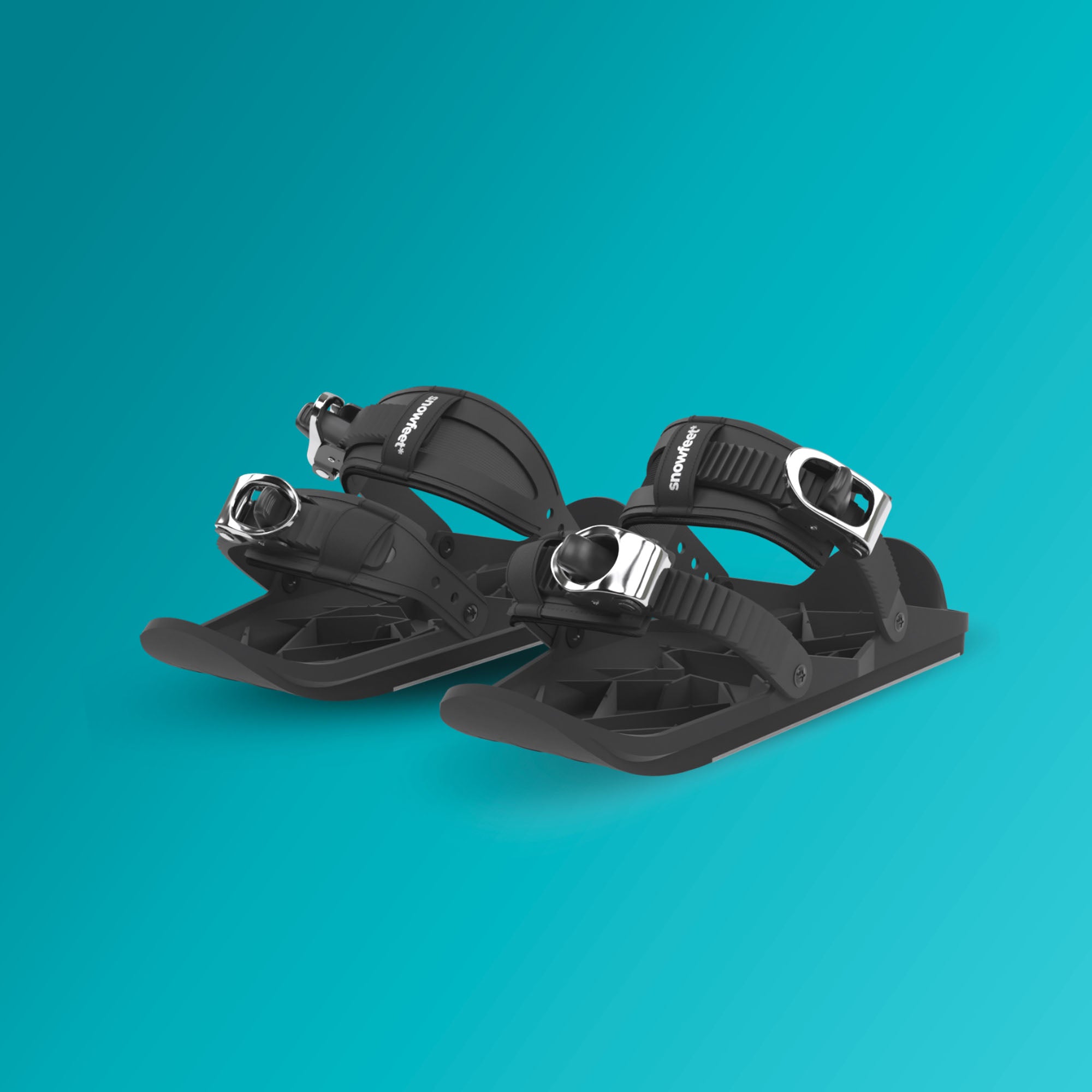


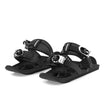
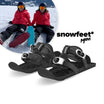

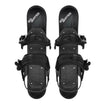


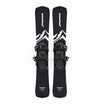
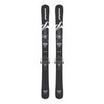
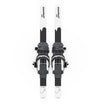
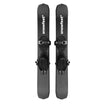
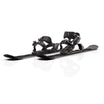
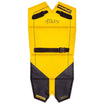

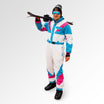
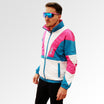
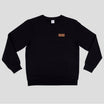
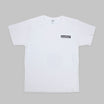
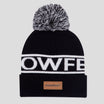
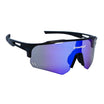
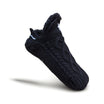

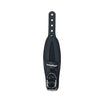
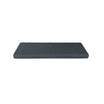
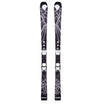




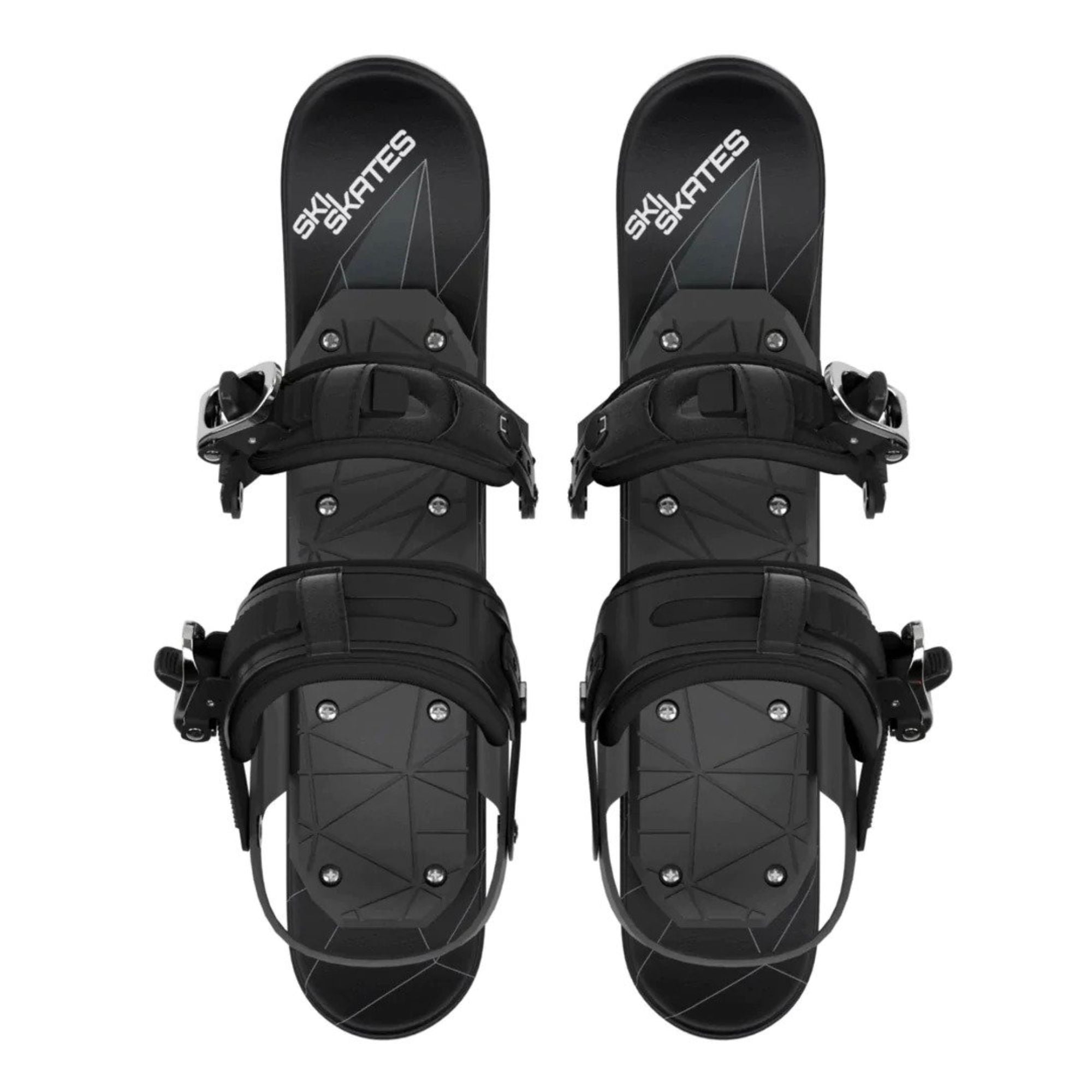
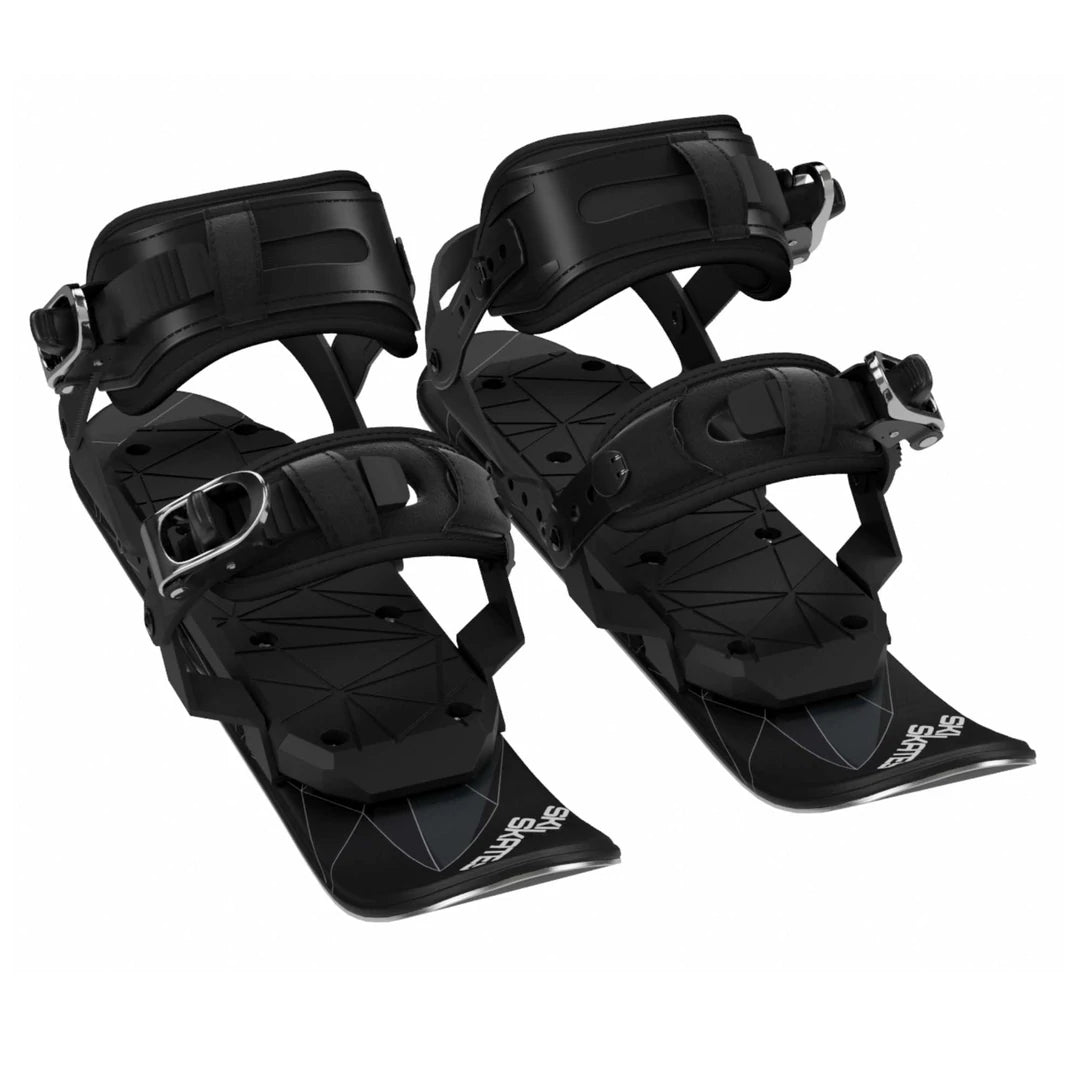
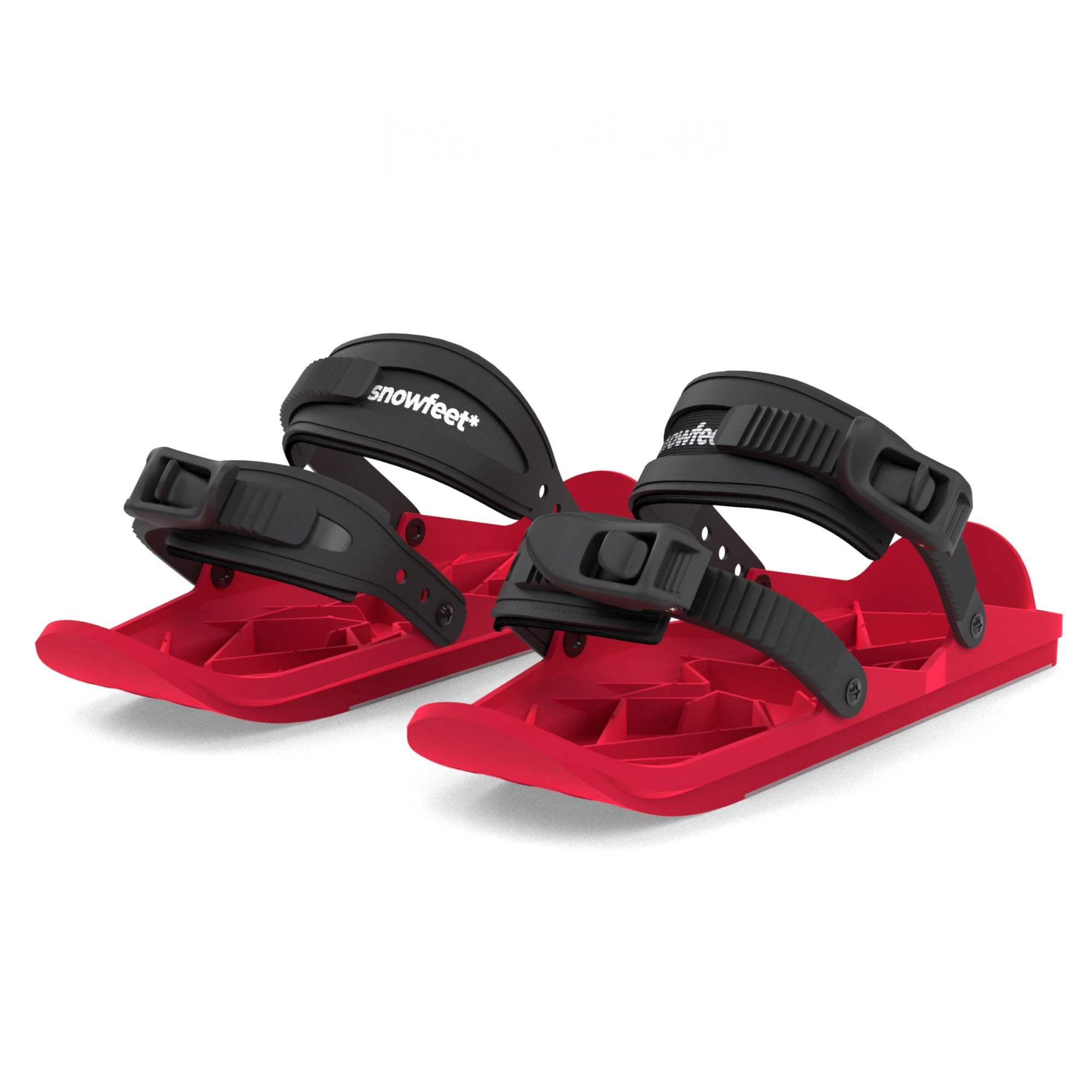
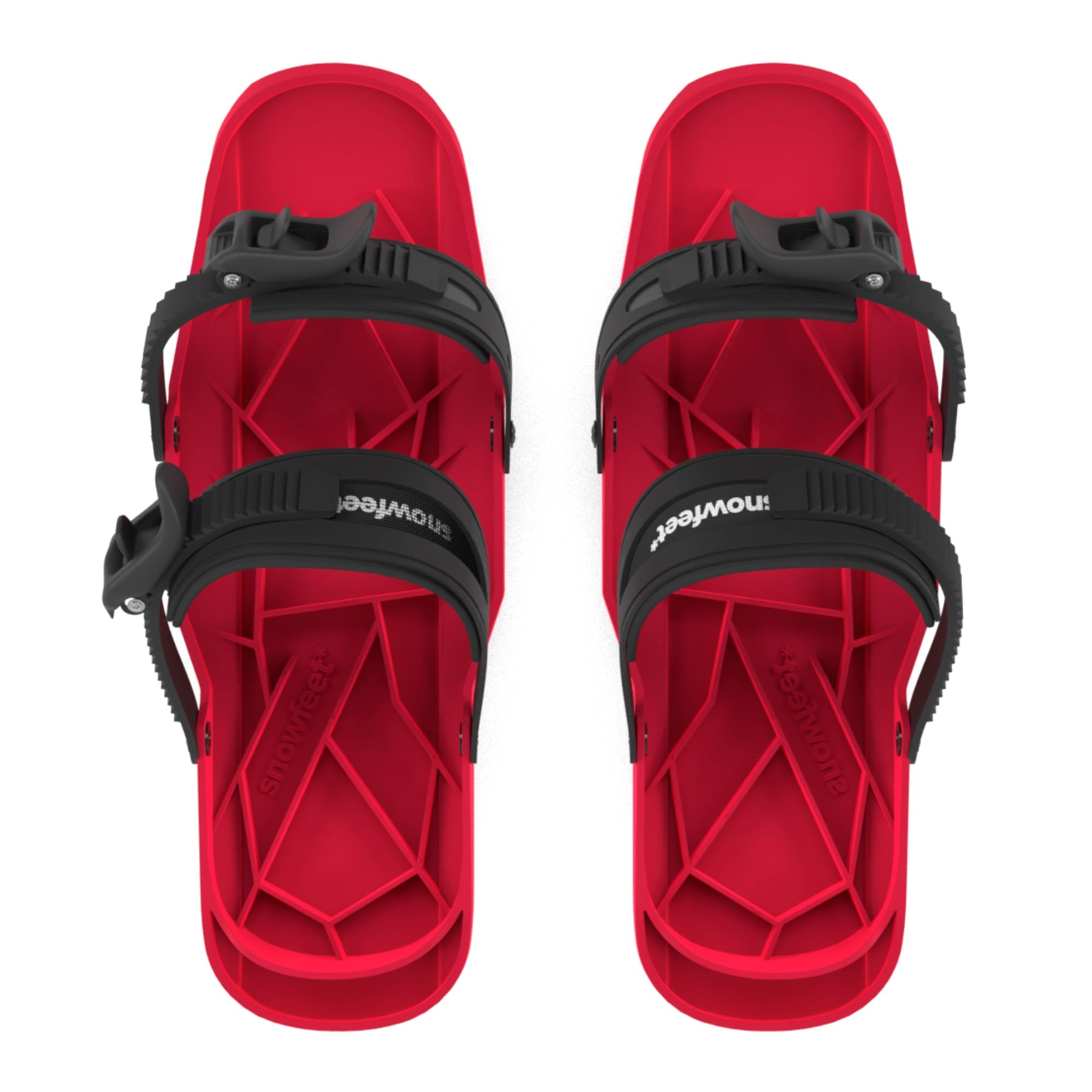




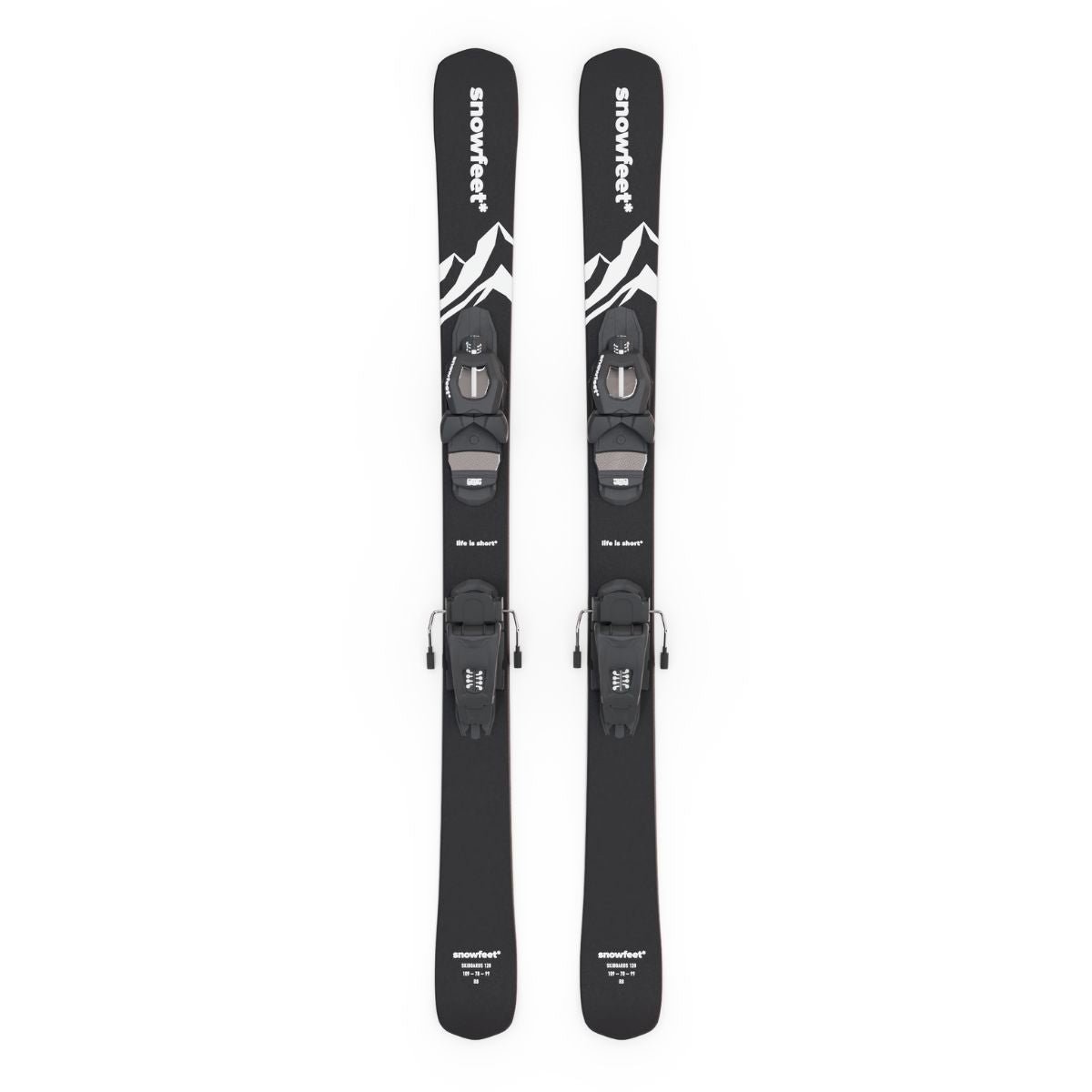
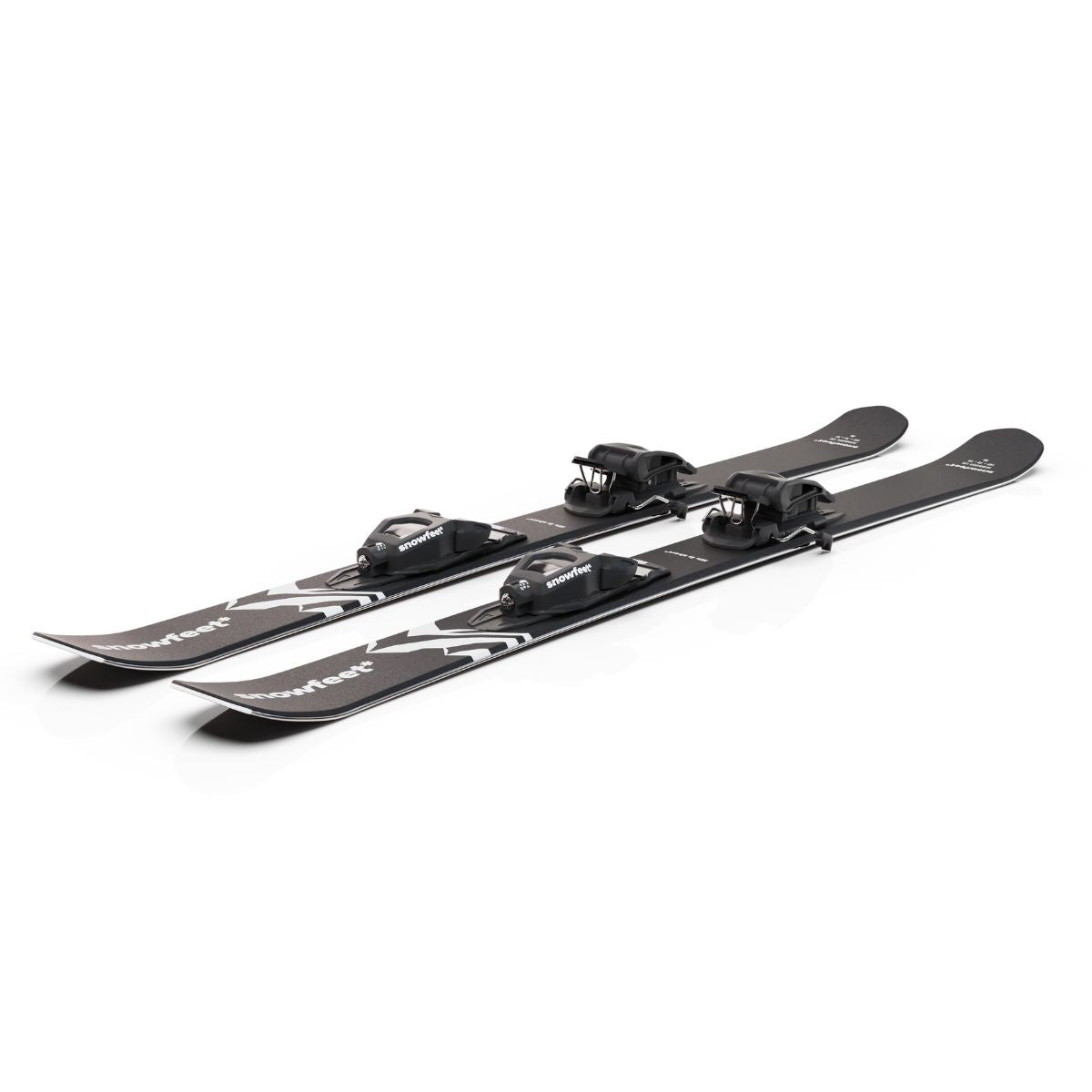
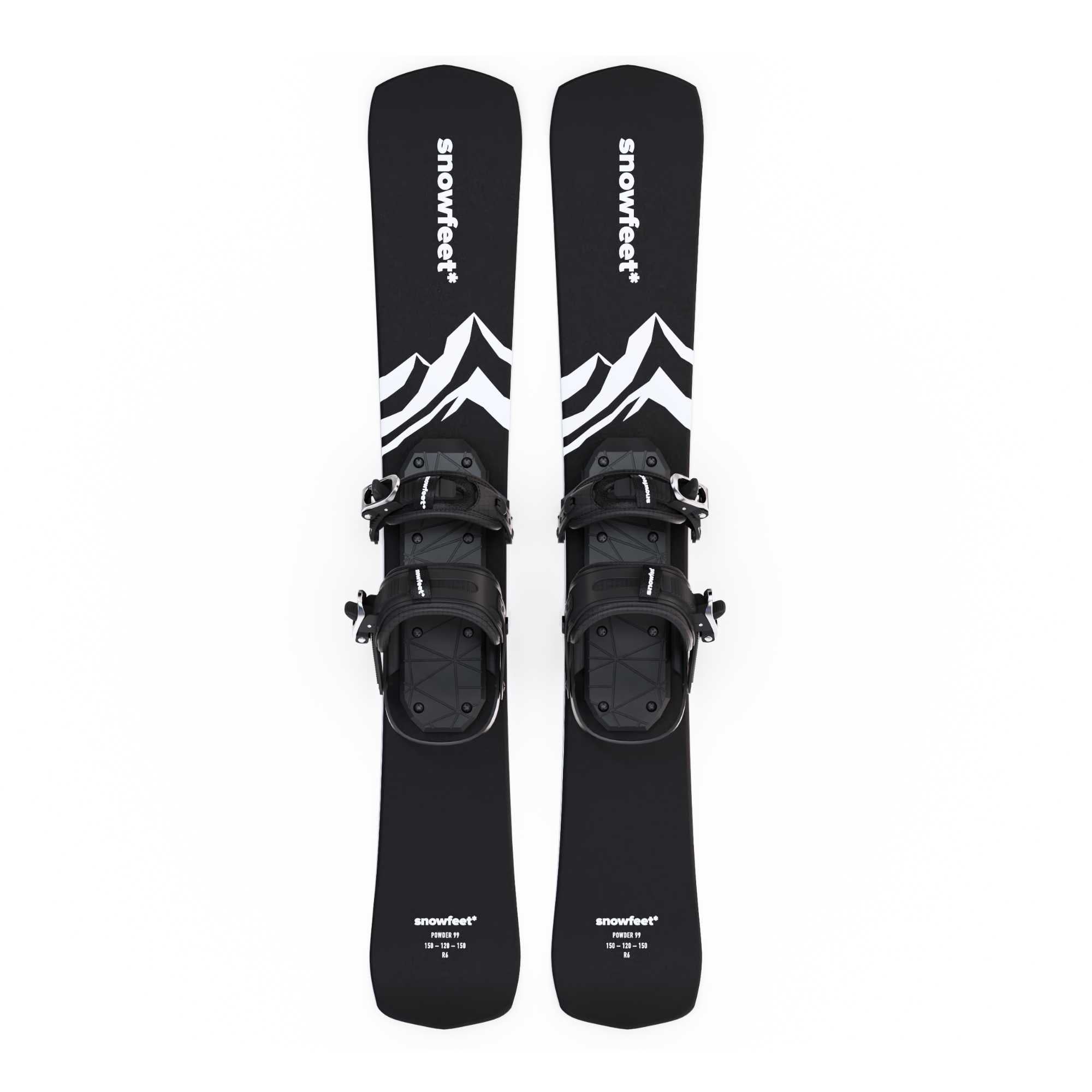
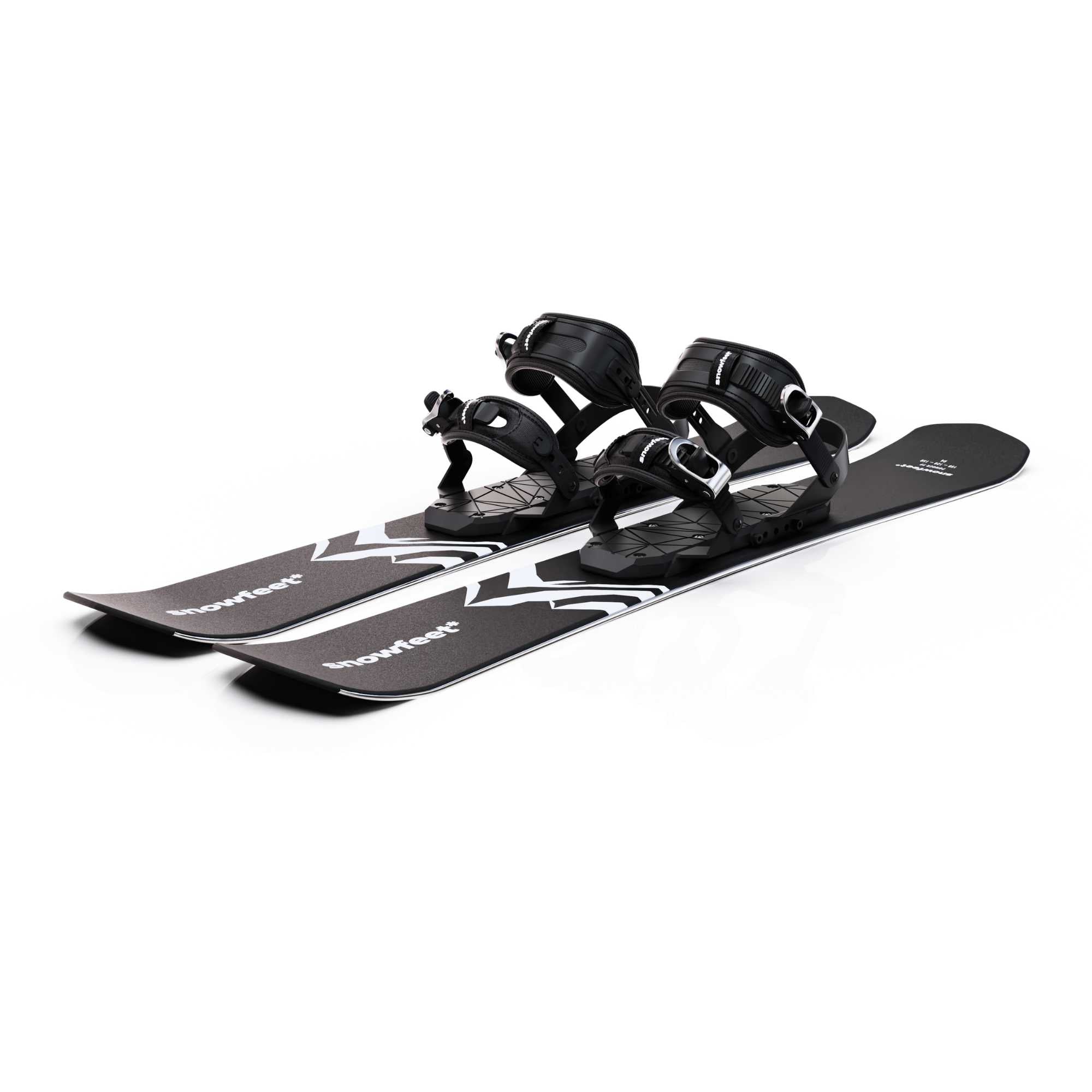
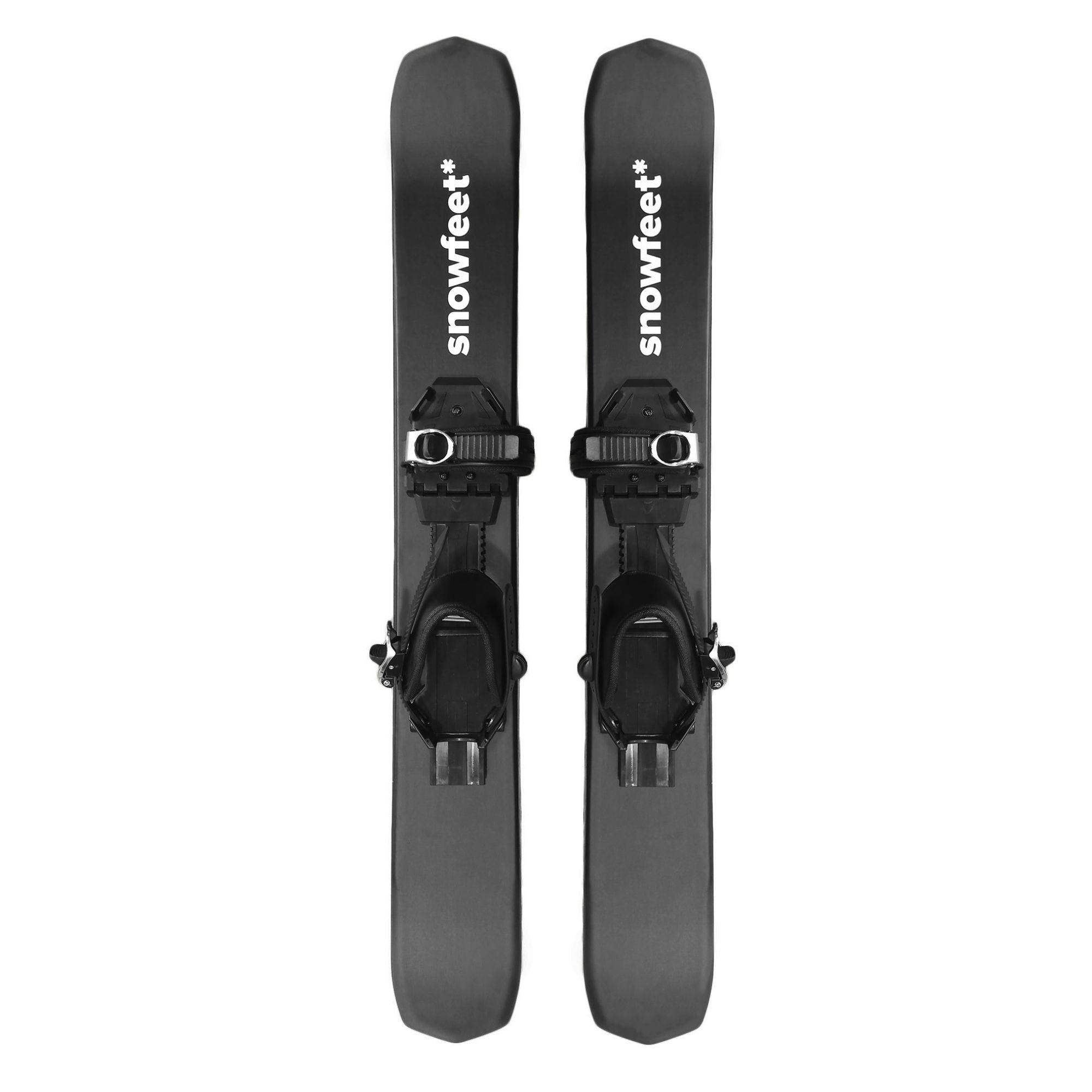
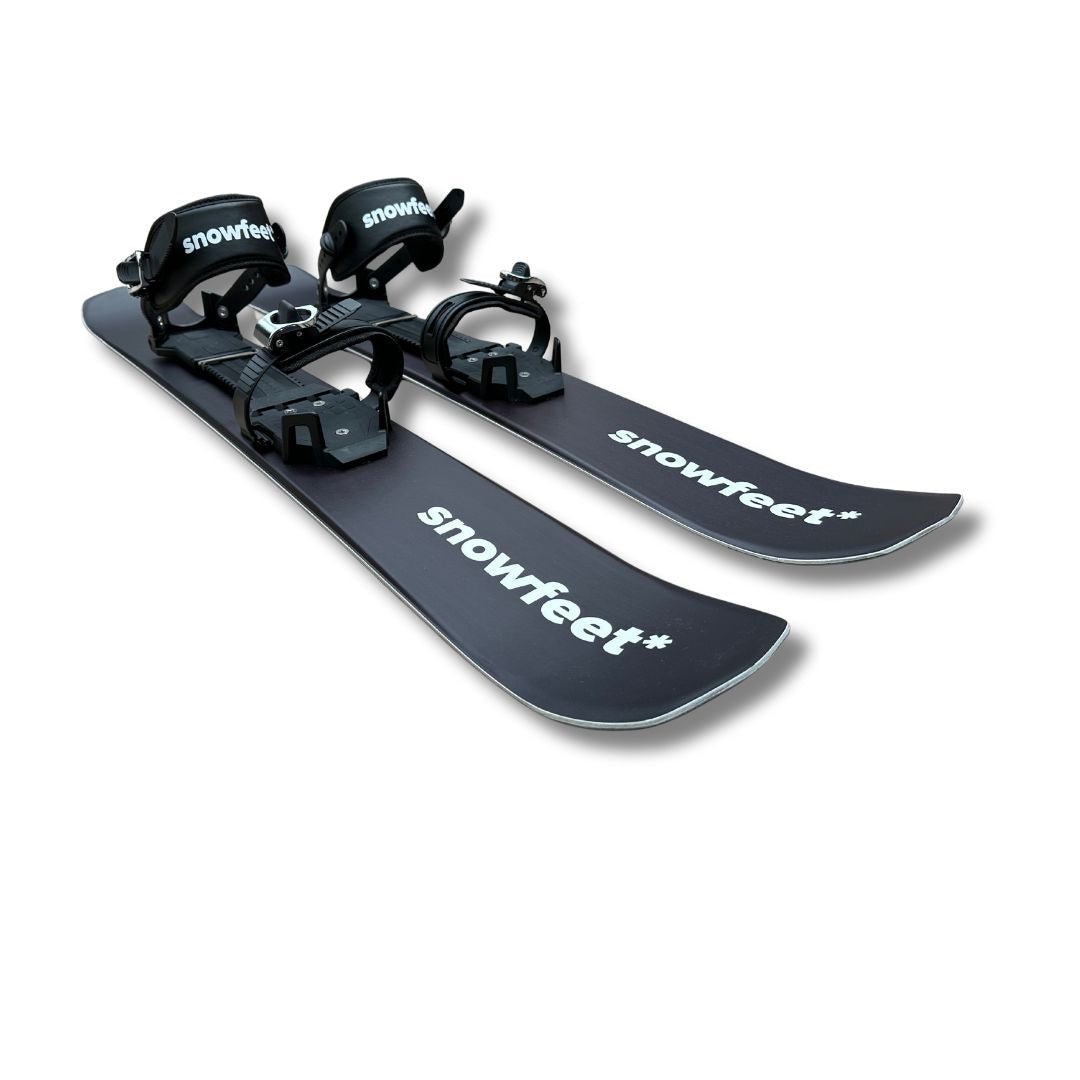
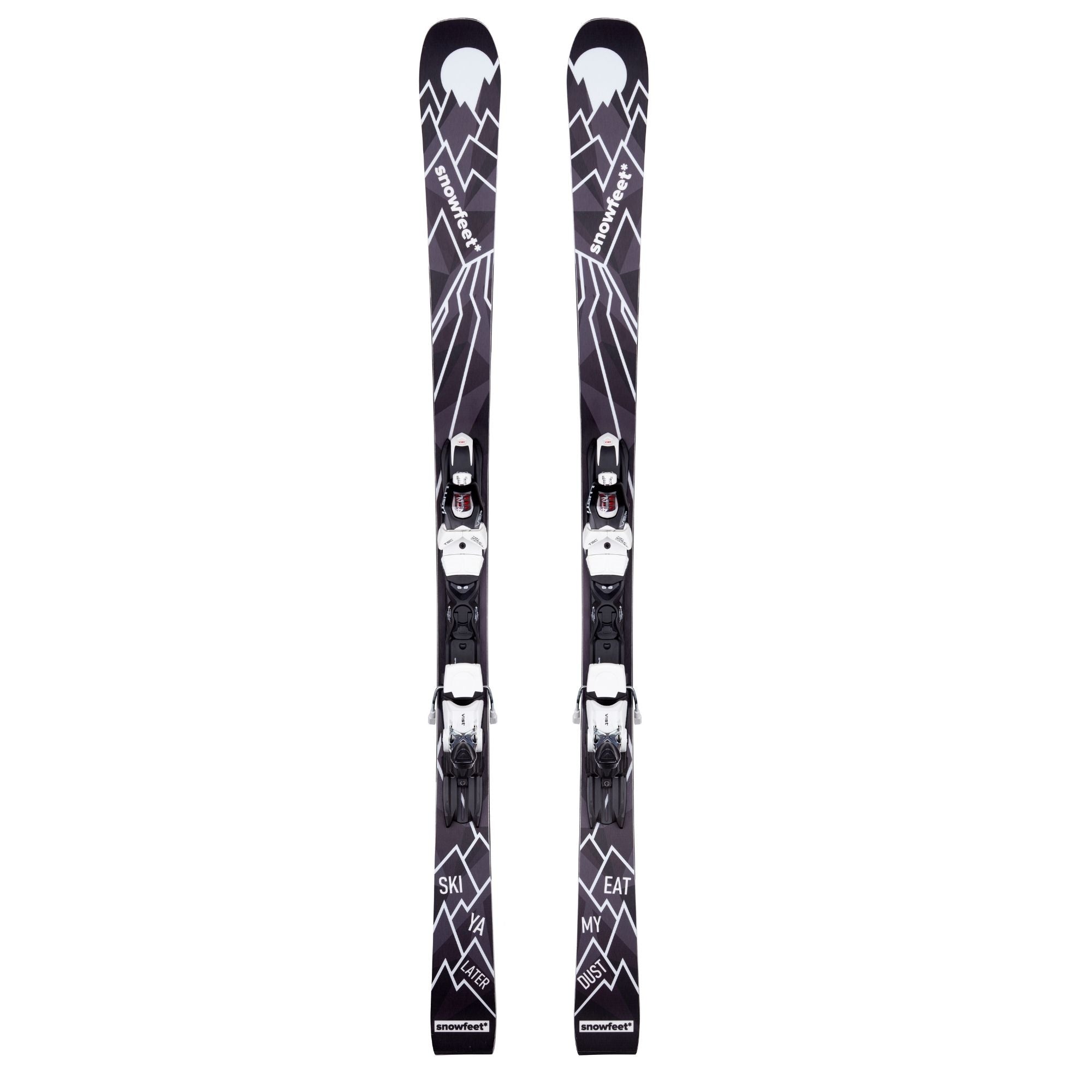
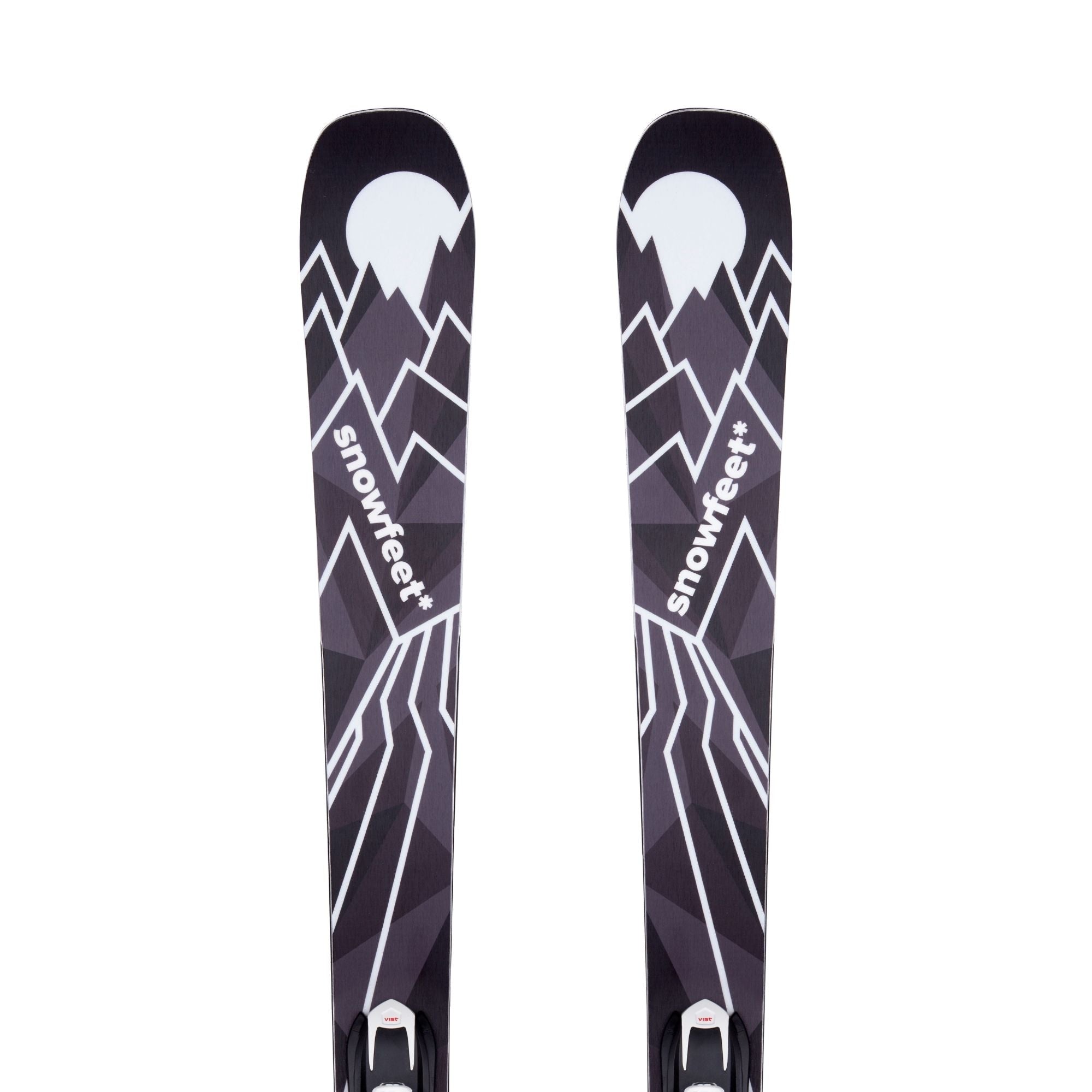
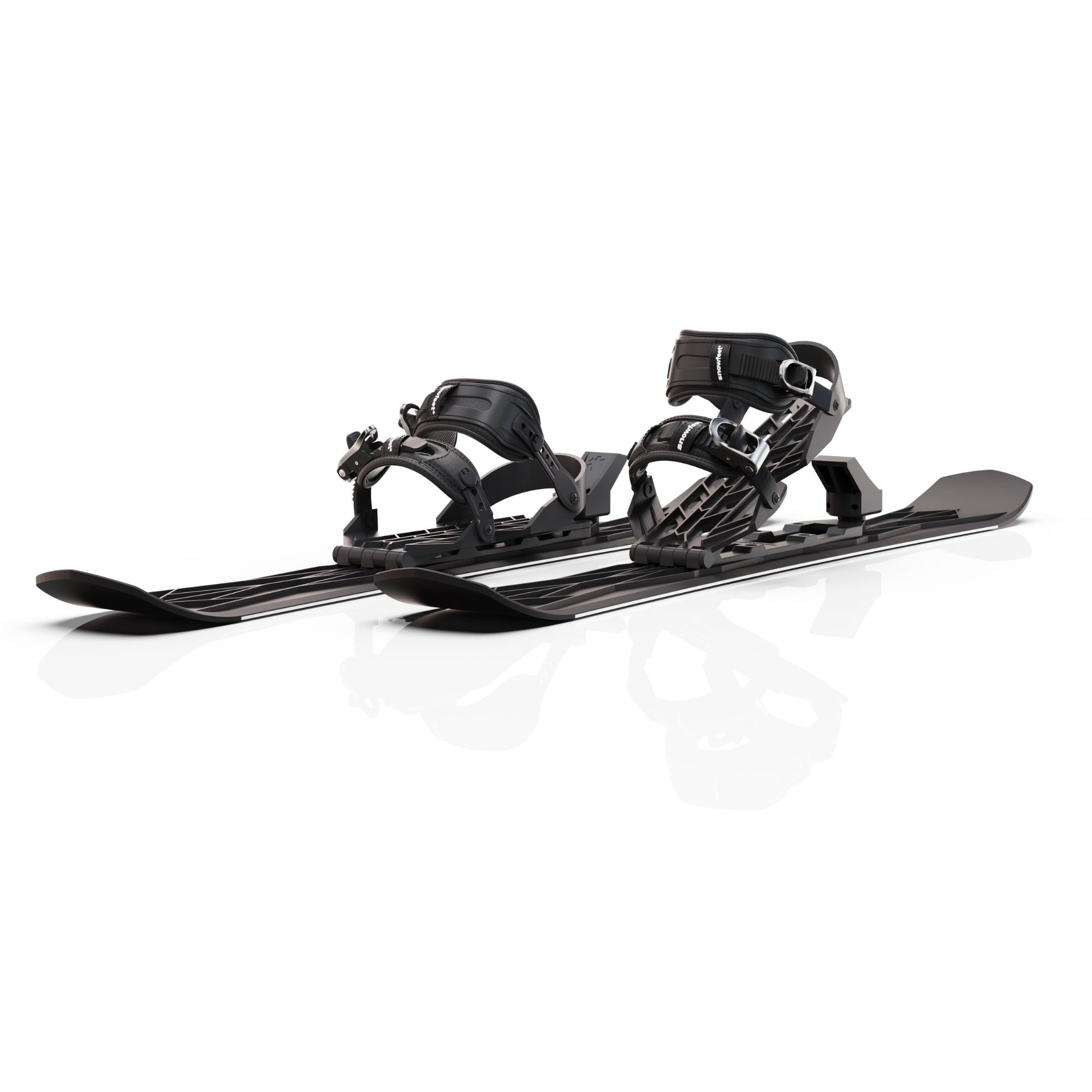

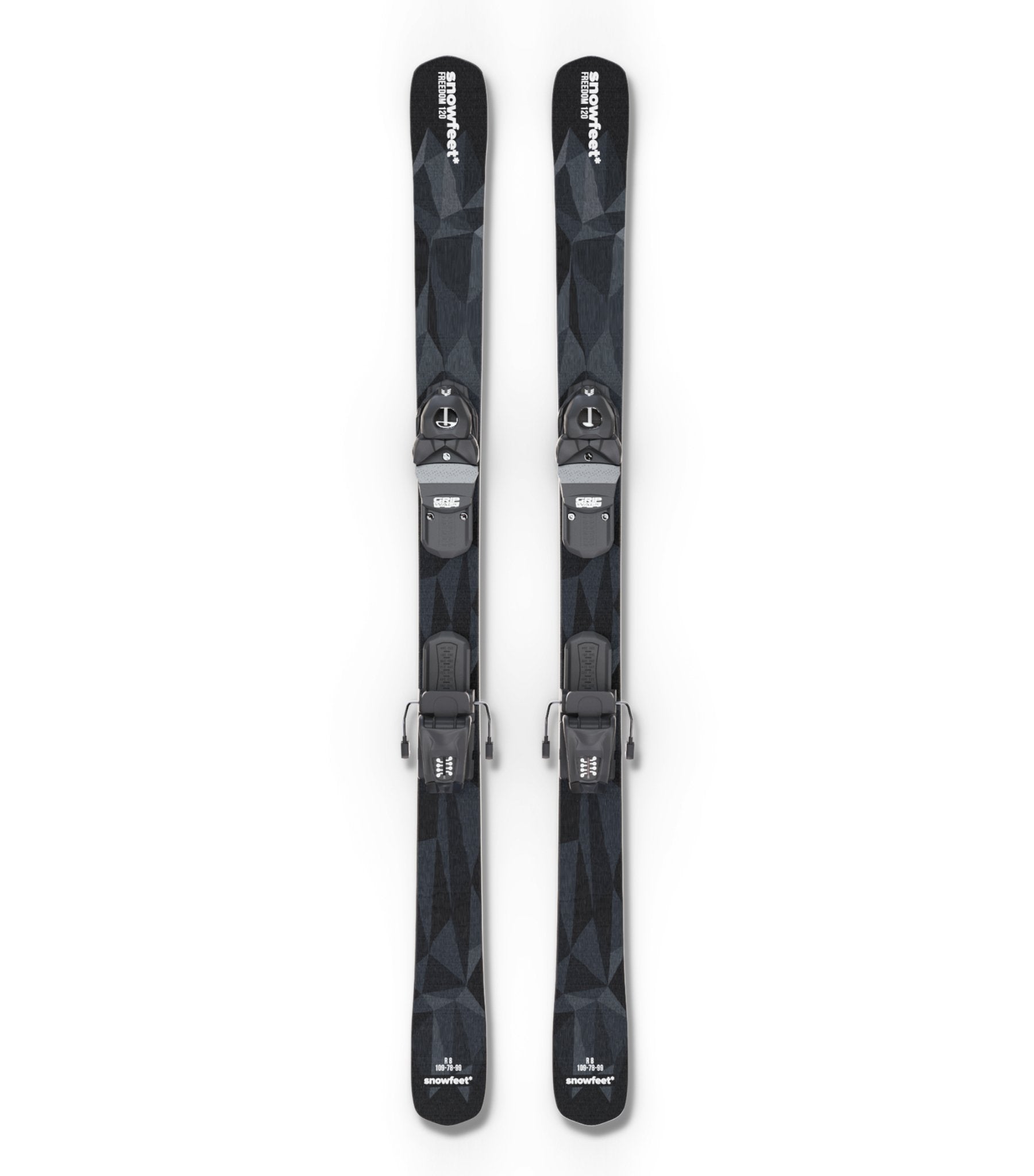
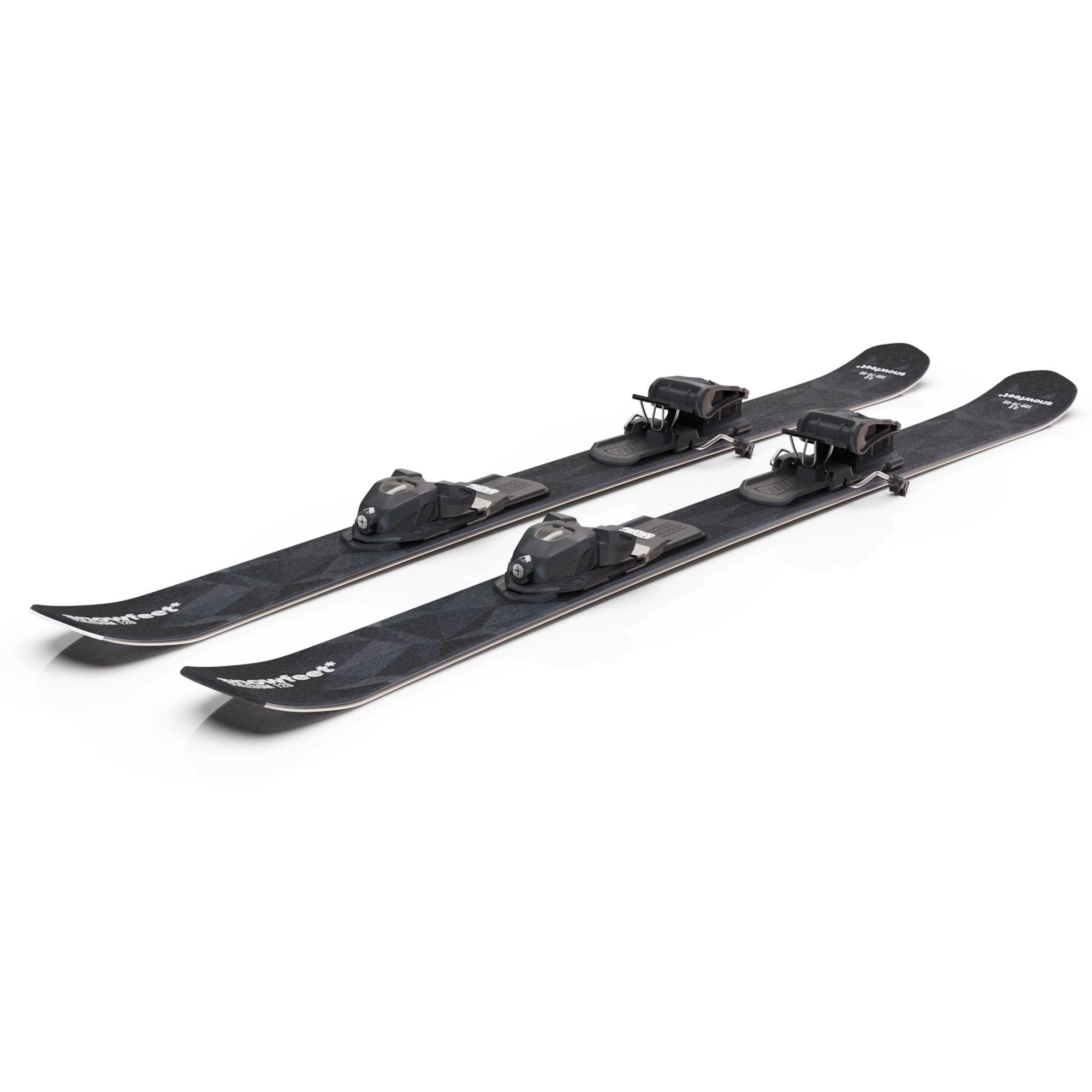
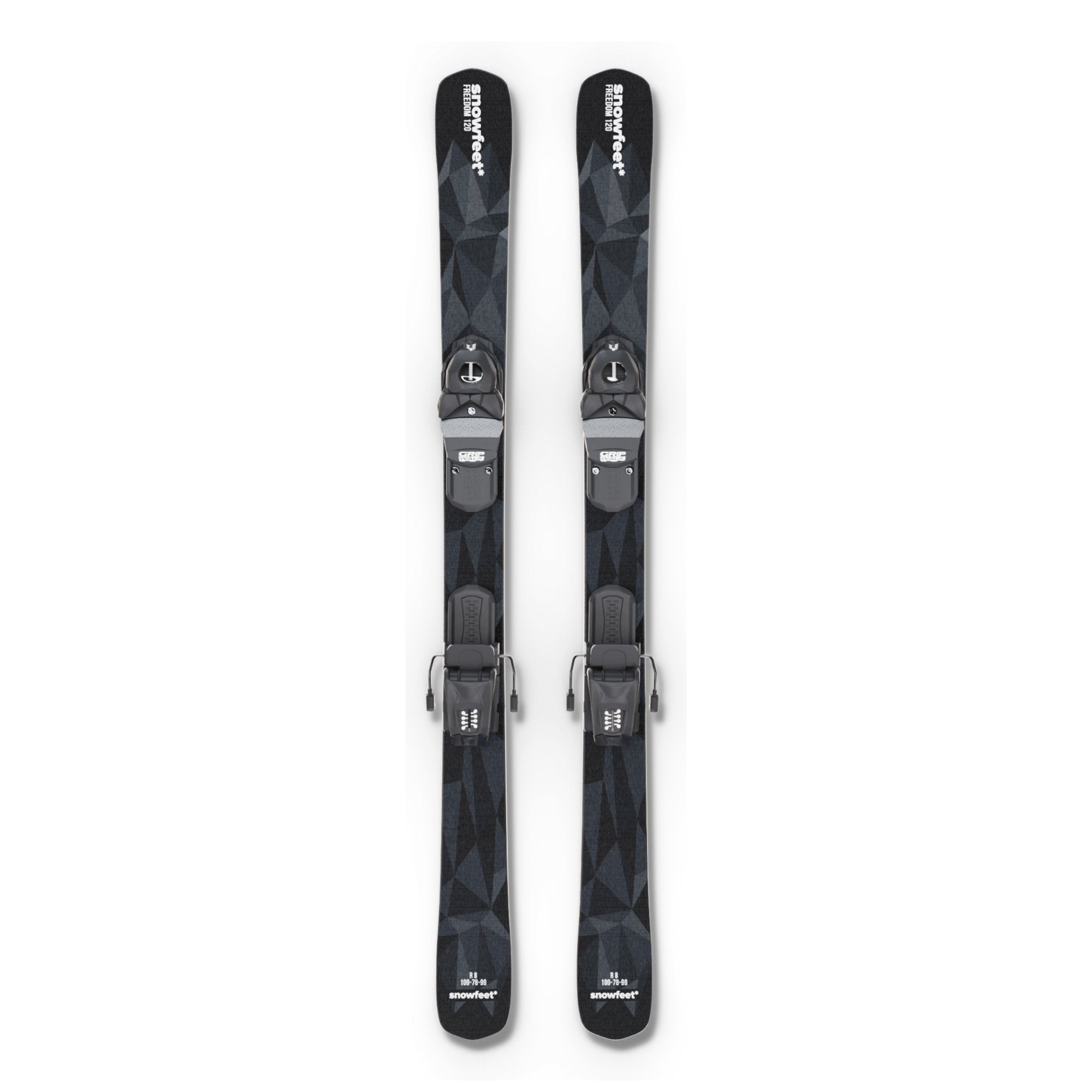
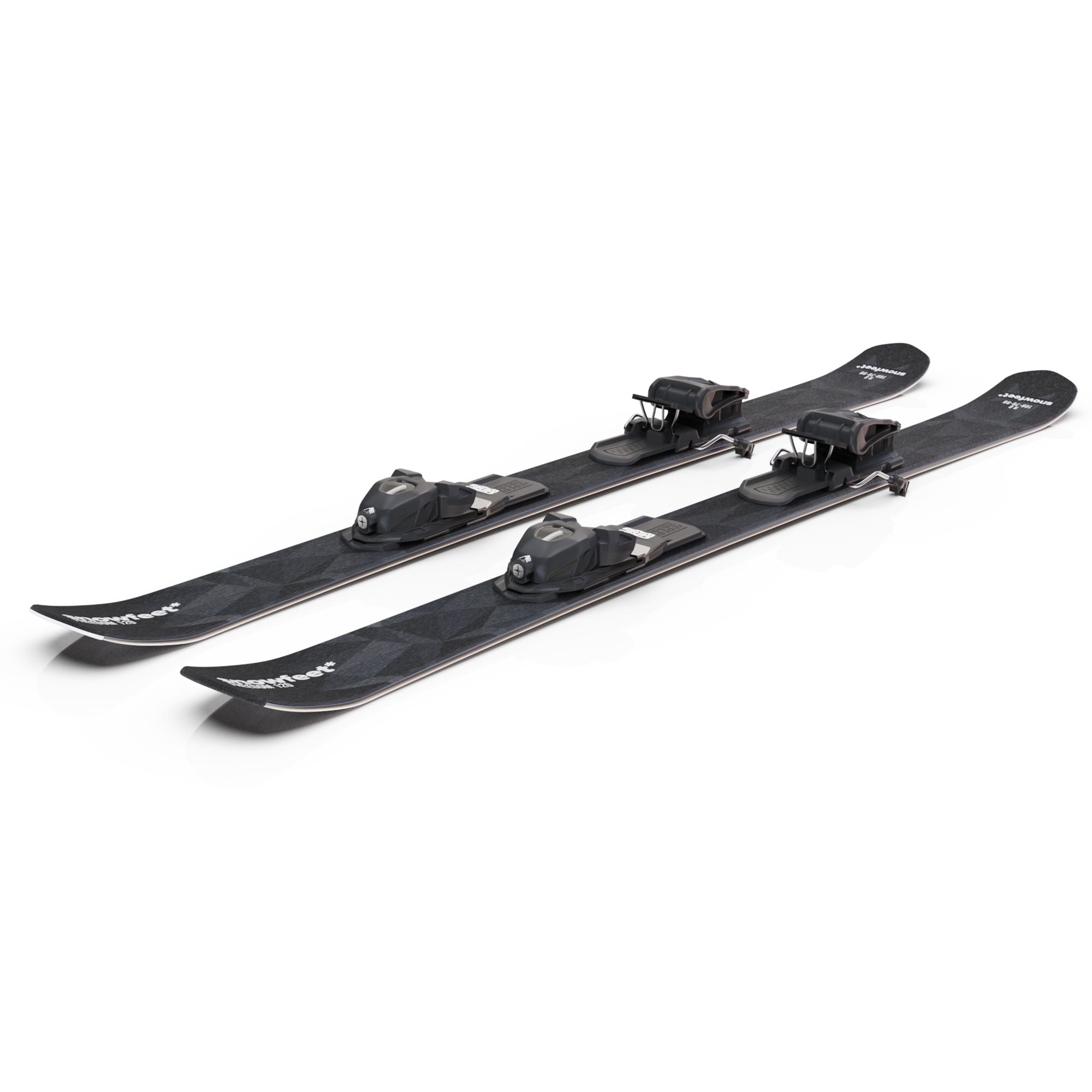
Laisser un commentaire
Ce site est protégé par hCaptcha, et la Politique de confidentialité et les Conditions de service de hCaptcha s’appliquent.